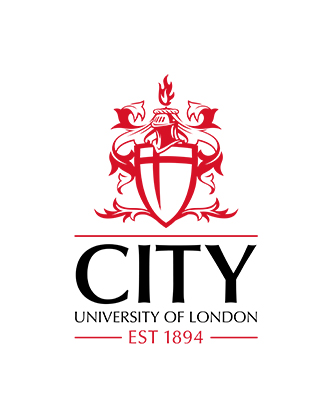Japanese Newspapers' International Reporting: Case Study Israel 1973-91
Cosijns-Plump, R. (2003). Japanese Newspapers' International Reporting: Case Study Israel 1973-91. (Unpublished Doctoral thesis, City, University of London)
Abstract
This thesis aims at establishing the factors involved in the mainstream Japanese newspapers’ international news reporting process, and verifying their permanency through a case study of reporting on Israel from 1973 until 1991. In the process, disparity between the norms of Japanese and western mainstream media becomes evident.
The first part of the thesis is devoted to uncovering critical influences on the process of international reporting in Japan, particularly, culture and its omnipresence in a variety of significantly important contexts.
The way in which these influences affect international reporting is evaluated through a literature overview, particularly of foreign-policy related case studies, with the assessment’s findings further tested and confirmed by interviews with Japanese foreign correspondents posted in London between October 2001 and May 2002.
The second part of the thesis focuses on verifying whether the identified influences and their manifestations in the processes of the mainstream Japanese newspapers’ international news reporting are of an enduring character.
The period of reporting on Israel from 1973, prior to the outbreak of the first Oil crisis until the end of the Gulf Crisis of 1990-1991, has been selected to analyse whether, and to what extent Japan’s foreign policy changes towards the Middle East as a result of the Oil Crisis of 1973, exerted influence on the reporting for the next two decades.
Two methods of content analysis of the three selected national newspapers, the Asahi, Yomiuri and the Mainichi, are employed; frame analysis measured quantitatively and used for all the selected articles, and qualitative content analysis for editorials.
Both methods of analysis revealed that the influences of the Japanese contexts on international news reporting are enduring. Furthermore, the quantitatively measured frame analysis revealed that the media acted indeed as part of the ‘State’, as in Gramsci’s (1971) “Hegemony theory”, as well as reconfirming Entman’s (1993) insight on the implication of frames as a “challenge to democracy”.
As to the qualitative editorial analysis, it complemented the frame analysis by unveiling the ubiquity of Japanese values and related morals and their disparities with western ones.
Based on these findings, an alternative theory for analysing the Japanese mainstream media’s international reporting is offered. The two conspicuous features of the theory are that the democratic Libertarian model of the media is discarded as irrelevant, and that Japan’s national interests, as embodied in its foreign policies, are identified as critical factors in the shaping of international reporting.
| Publication Type: | Thesis (Doctoral) |
|---|---|
| Subjects: | N Fine Arts > NE Print media |
| Departments: | School of Communication & Creativity > Department of Journalism School of Communication & Creativity > School of Communication & Creativity Doctoral Theses Doctoral Theses |
Download (12MB) | Preview
Export
Downloads
Downloads per month over past year


 Metadata
Metadata Metadata
Metadata